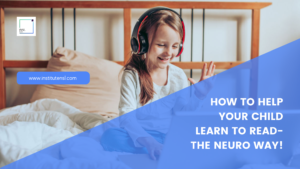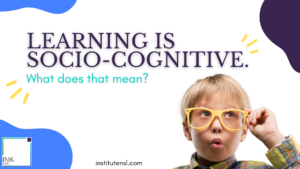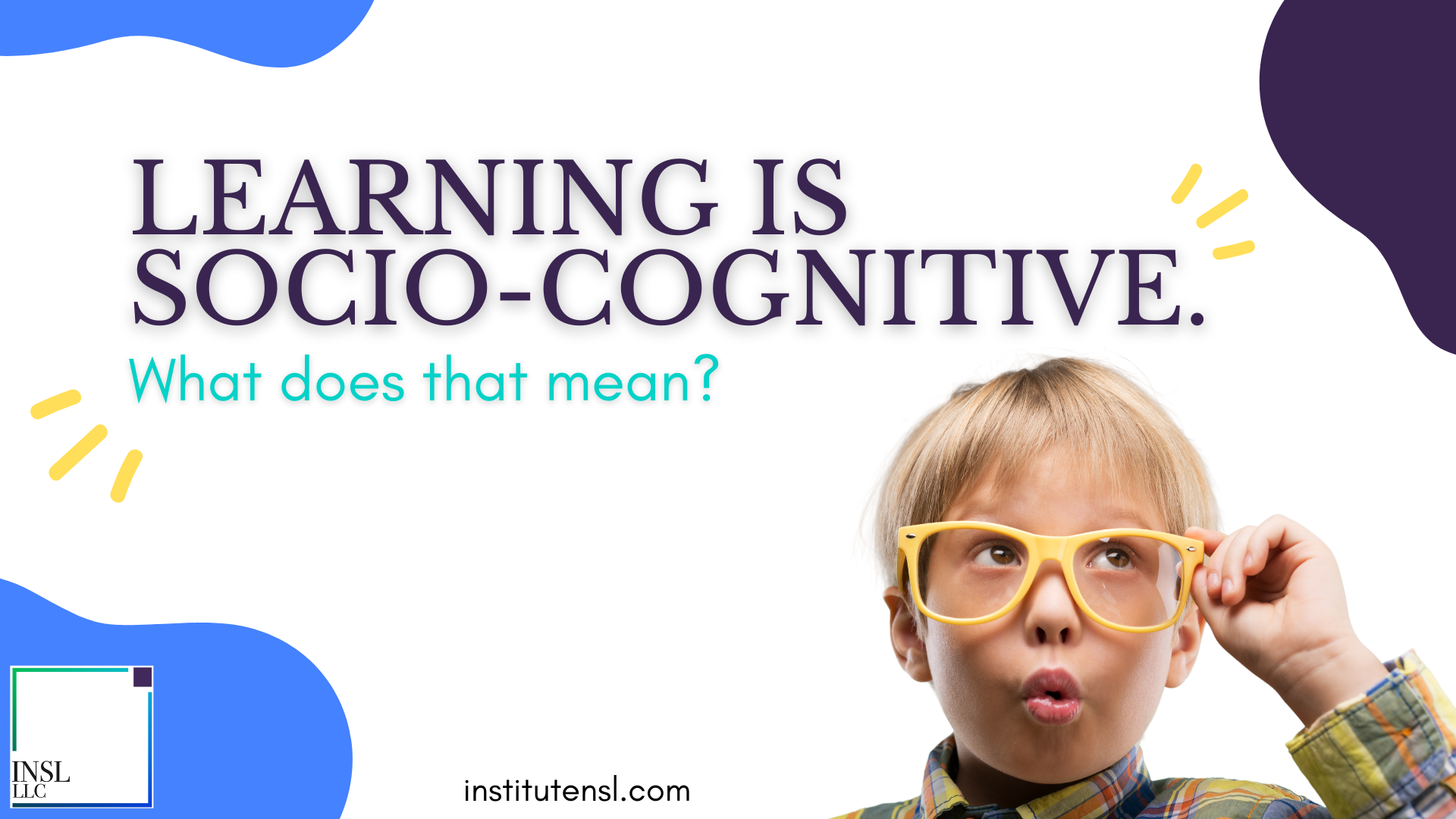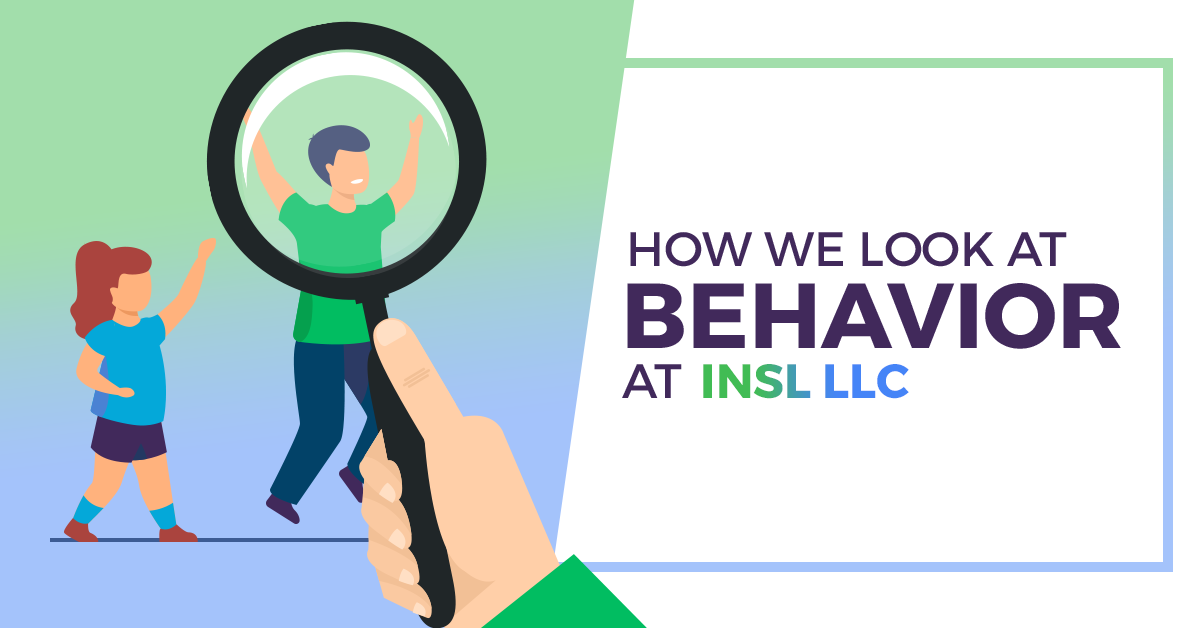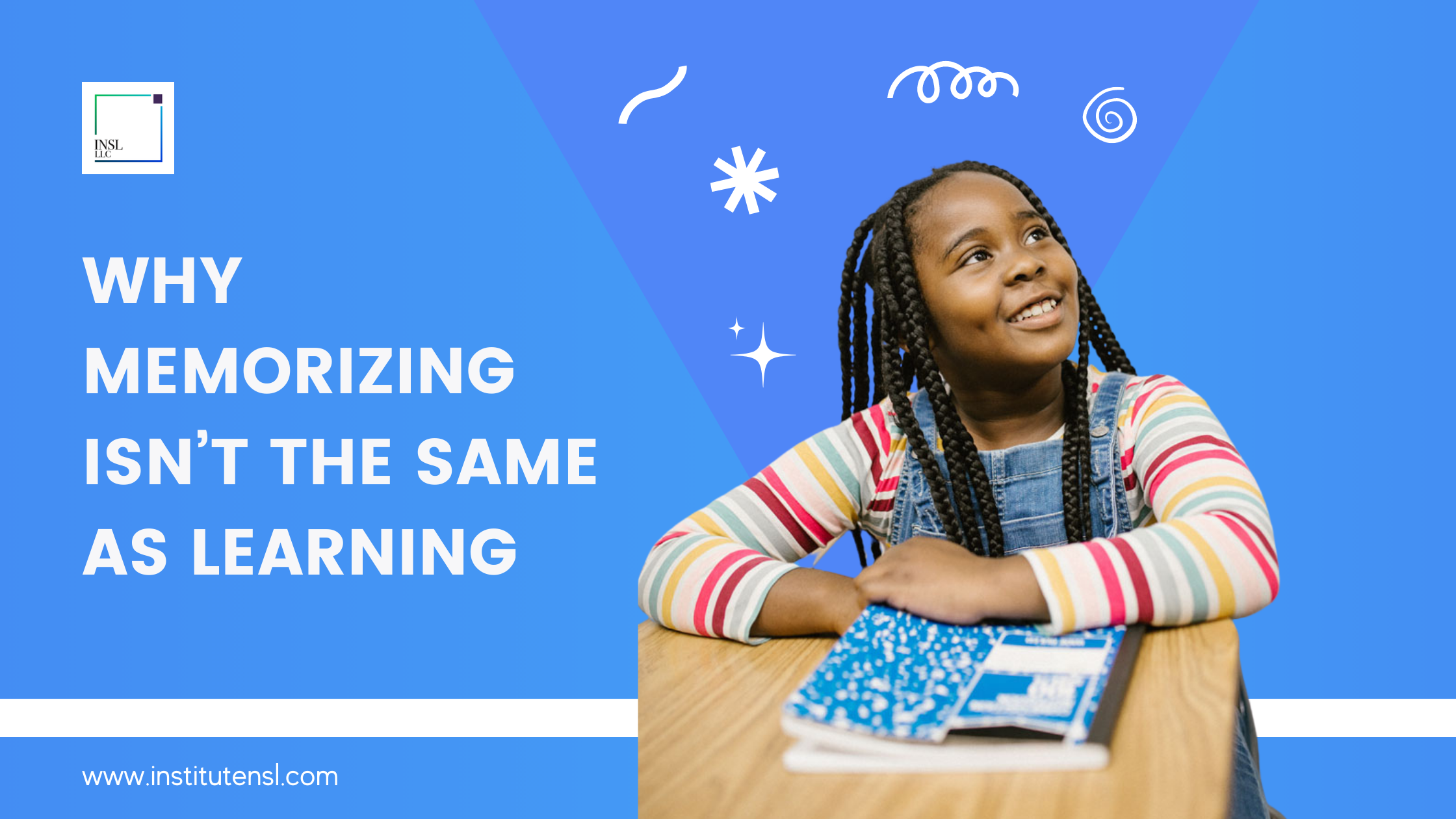
Why Memorizing Isn’t the Same as Learning
When many of us were in school, we were given drills and lists to memorize, like multiplication facts and spelling words. We had to “master” one list before moving on to the next. If we didn’t learn them easily, they were given as homework or sometimes as punishment by keeping us in from recess to complete. Once the lists were checked off, it was assumed we had “learned” them. Yet the next month or even the next week, those patterns may have slipped out of our memory, only to be told to memorize them again. Why do we forget those types of bits of information? Well, as we know from Dr. Ellyn Arwood’s Neurosemantic Language Learning Theory, patterns are only the second layer in our learning process, but it is the next level of conceptual learning that is where we actually learn for long-term memory. Additionally, Dr. Arwood discovered that Language adds a fourth layer that allows us to name our thinking, which we can then use to synthesize and communicate our learning.
What happens in our brains when we are memorizing isolated and meaningless bits of information, such as multiplication facts that have no story attached, or spelling words outside of any context? When we are looking at or listening to a spelling dictation or drills of facts, our eyes and ears take in the sensory input and transfer the information to our brain stems. The brain stem then processes the input to create patterns. Yet, if the patterns are not then attached to meaning for the learner, the patterns are discarded once the next input comes into the brain stem. The only way for those patterns to go higher into the brain’s cortex is by attaching meaning to the pattern. For example, if there is a story attached to the multiplication fact, one that the learner can visualize and ideally draw, write, and read about- then the concept of the fact can be understood and therefore learned. A spelling word isolated on a list has no meaning unless it is put in context where the word has meaning in relation to other words that makes sense to the learner. In other words, a learner must make use of information in their own learning system to actually learn.
The key to “memorizing” for visual learners (which 95% of us are) is to understand new information in context, and then to be able to make a mental picture of the new ideas. At INSL LLC, we work with students to learn terms and vocabulary in the context of stories or text that have layers of meaning. Our students draw, write, read, and discuss ideas in order to learn them. Then they are able to create concepts and add their own meaningful language to make sense and explain their thinking about new ideas- thereby, learning for the long-term.
-Erin Porter, INSL LLC neuroeducator





